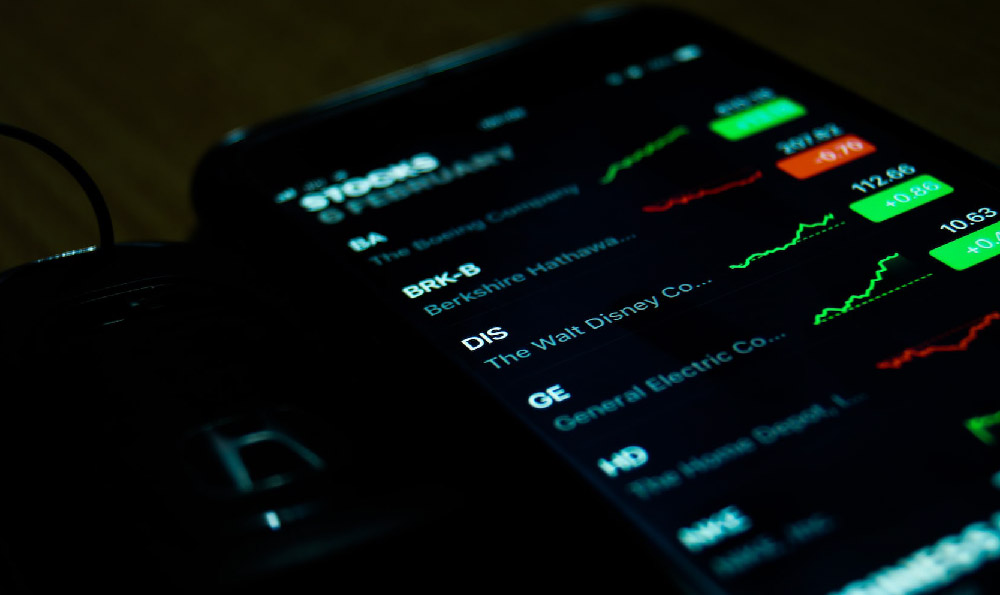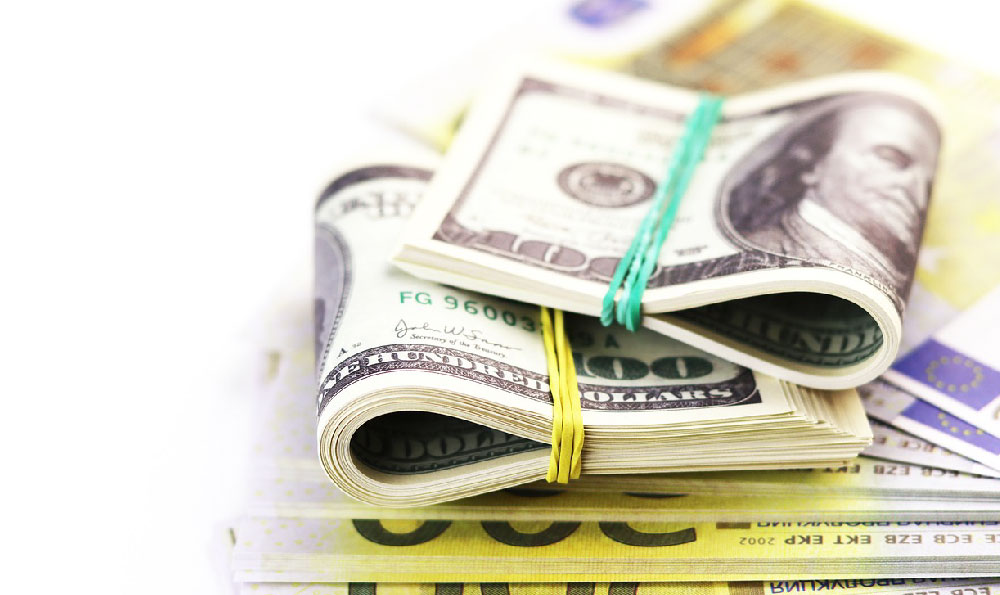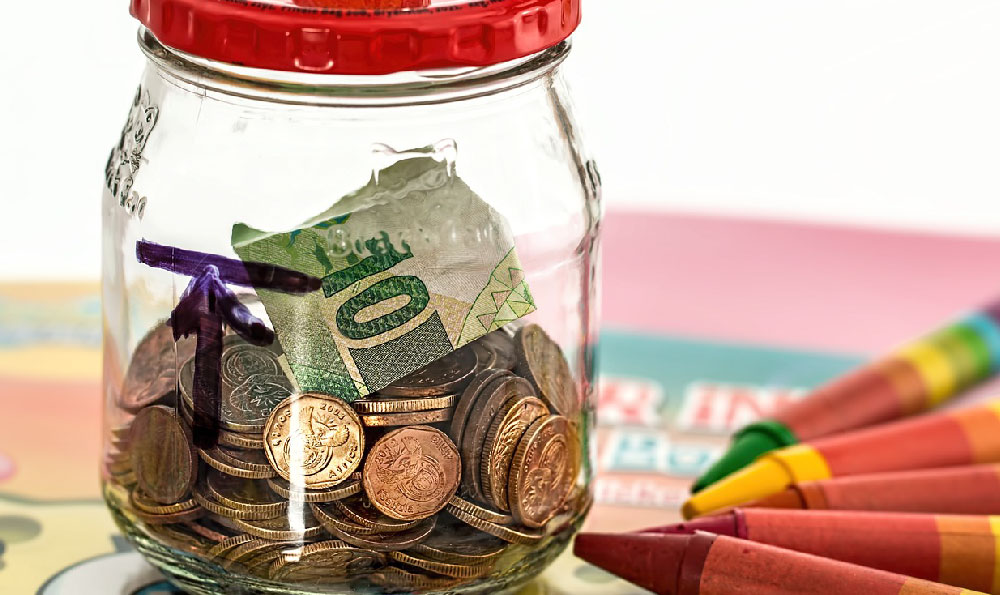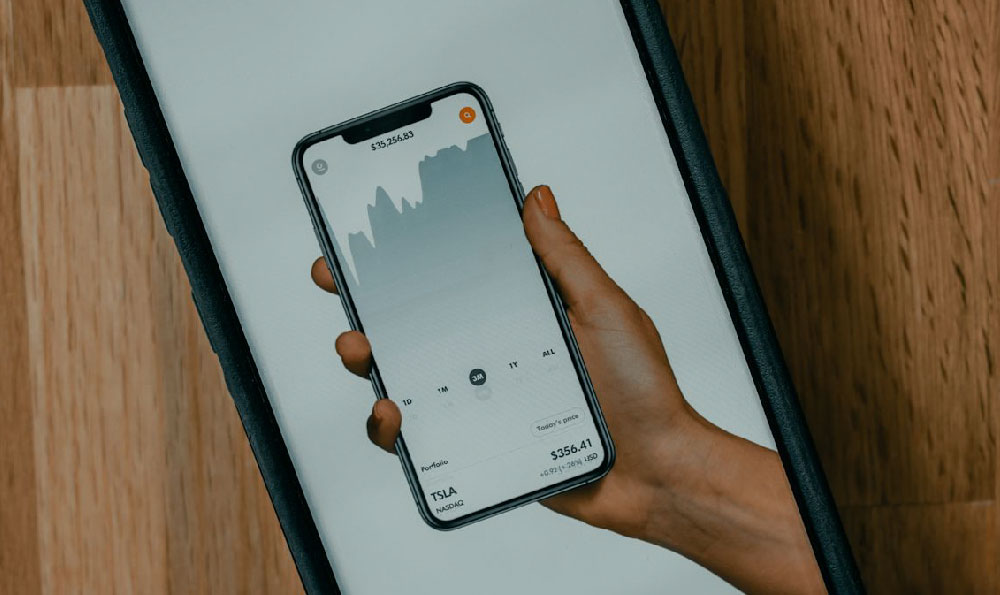Monetizing free apps is a strategy that has gained significant traction in the digital economy, where app developers can reach millions of users without upfront costs. However, converting a free application into a profitable venture requires a nuanced understanding of user behavior, market trends, and the intricacies of different monetization models. Free apps often act as a gateway to drive user engagement, and once that engagement is established, the focus shifts to creating sustainable revenue streams without compromising the user experience. The key lies in identifying the right combination of approaches that align with the app's purpose and target audience.
A critical starting point is recognizing that free apps serve as a tool for virality and scalability. By offering the app at no cost, developers can attract a broad user base quickly, which then becomes a foundation for monetization. The challenge is to balance accessibility with profitability, ensuring that the app remains valuable to users while generating income. One of the most common methods is through in-app advertising, but this requires careful planning. Developers must consider the placement, frequency, and type of ads to avoid alienating users. For instance, rewarded ads, where users can opt to watch ads in exchange for in-app benefits, have shown to be more effective than traditional banners or interstitials. These ads not only provide a better user experience but also increase ad engagement and the likelihood of user retention.
Another effective strategy is the freemium model, which offers basic features for free while charging for premium content or services. This model allows users to try the app without commitment, making it easier for them to adopt and then decide whether to invest in the app's advanced functionalities. However, the success of this model depends on the app's ability to deliver clear value through its premium offerings. Developers should ensure that the free version is fully functional enough to encourage users to explore it, while the paid features are desirable enough to justify the cost. For example, a productivity app might offer a free version with limited tools and a paid version with advanced analytics and cloud storage, positioning the premium features as essential for power users.
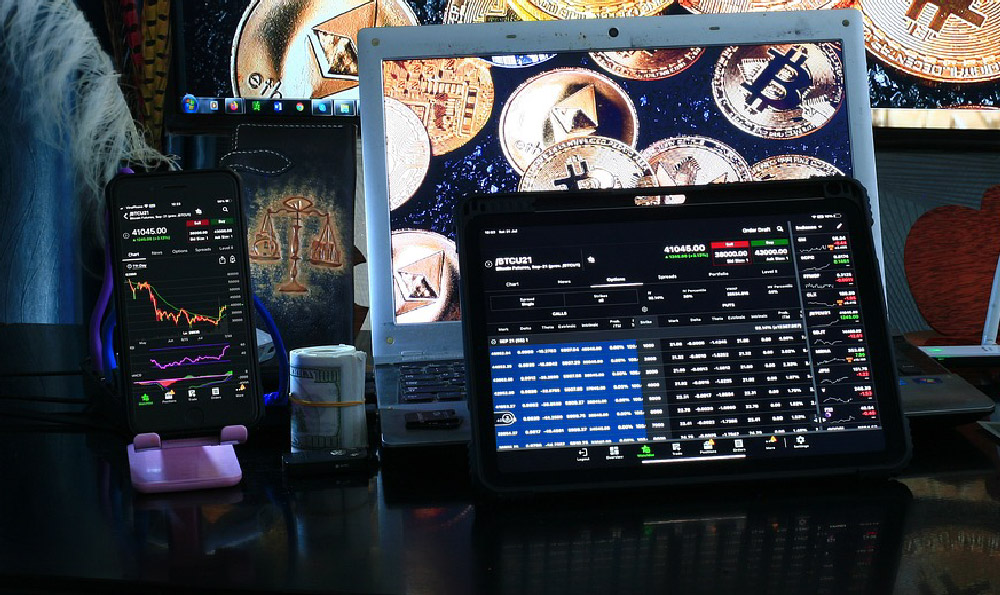
Subscription-based monetization is another avenue, particularly for apps that provide regular updates, content, or services. This model works well for apps in niche markets such as fitness, education, or media, where users are willing to commit to recurring payments for ongoing value. To maximize success, developers must structure their subscriptions effectively, offering tiered plans that cater to different user needs. For instance, a fitness app could provide a free version with basic workout routines and a subscription plan with personalized coaching and exclusive content. It is also crucial to communicate the value proposition clearly, so users understand the benefits they are paying for and how the app will meet their needs over time.
In-app purchases, while often associated with games, can be successfully implemented in other app categories. These purchases can range from virtual goods to premium features, and the key is to design them in a way that feels like an enhancement rather than an obligation. For example, a language learning app might allow users to purchase additional courses or practice sessions, leveraging the existing user base to drive sales. However, developers must avoid aggressive monetization tactics that could lead to user frustration. Instead, they should focus on creating a seamless integration of purchases that align with user goals.
The success of any monetization strategy also hinges on the app's ability to collect and utilize user data effectively. By analyzing user behavior and preferences, developers can tailor their monetization approaches to better suit their audience. For instance, user data can inform the placement of ads or the pricing of premium features, leading to higher conversion rates. However, this requires a balance between data collection and user privacy, ensuring compliance with regulations such as GDPR and CCPA.
In the broader context, monetizing free apps is not just about choosing a model but also about understanding the economics of app distribution. Platforms like Apple App Store and Google Play have different algorithms and policies that can impact an app's visibility and earnings. Developers must optimize their app's listing, including title, description, and keywords, to improve discoverability. Additionally, leveraging social media and other marketing channels can help drive downloads and increase user base, which in turn leads to higher monetization potential.
Ultimately, the most effective way to monetize free apps is through a combination of strategies that cater to the app's unique characteristics and the preferences of its users. Whether through advertising, subscriptions, in-app purchases, or other methods, the success of these approaches depends on the developer's ability to create value, maintain user engagement, and adapt to changing market conditions. By focusing on these elements, free apps can not only survive but thrive in the competitive app ecosystem, generating consistent revenue while meeting the needs of their users.



